I had the distinct pleasure of seeing Star Wars: Rogue One in theaters last night and having gone in with high expectations that had essentially been forced onto me by the cavalcade of positive reviews, I had concerns it would fall short and leave me disappointed.
My concerns have been rested.
From this point forward, there are spoilers about the film. You have been warned.
If you’re still reading, I assume you already saw the movie, but just in case, here’s a quick rundown.
The lead scientist on weaponizing the Death Star, Galen Erso, reaches out to rebellious forces to inform them of a weakness he’s built into its construction that could allow the Alliance to bring the whole planet killer to an early end.
Entrusting this information with a pilot defecting from the Empire, the film follows the protagonist, the scientist’s daughter, Jyn Erso, who has been on her own since childhood, trying to act on the information by breaking into a highly fortified vault that contains the specifications of this back door self-destruct mechanism to retrieve and transmit to rebel forces.
So that’s the basic premise, but what is it that makes this film continue to receive accolades even from those who went in with seemingly unattainable expectations? And more importantly, how does it redeem the prequels?
- The Fan Service was More Than Fan Service.
In the prequel trilogy, George Lucas seemed intent on pushing as much fan service as he could into the film while simultaneously proving he had no idea what fan service actually is and why people want it.For instance, he brought Chewbacca, revered original smuggler trilogy partner to Han Solo, as a way to tie viewers into that nostalgia they so were hoping for. Unfortunately, he did this by tying Chewbacca so intricately to the Clone Wars as to make him a core player on his home planet of Kashykk which really didn’t line up with everything we knew of the co-pilot of the Milenium Falcon.
He basically shoe-horned him into a random and yet way too important role in galactic history because he thought “Hey, there are wookies here and everyone loves Chewie. So let’s just make it Chewie.”There was no reason for it other than to do it. It could’ve been unnamed Wookie #7 and would have had precisely the same impact. That’s not fan service.
Fan service that George Lucas got correct was more along the lines of when he had someone mention “Senator Antilles” as one of the contenders for the role of Supreme Chancellor. A name we recognized both from the character “Wedge Antilles” as well as C-3po mentioning Raymus Antilles as his former owner to Luke Skywalker. The mention made sense, it tapped into the nostalgia in a way that seemed to fit with the story without it feeling forced. Not bad.
However, Rogue One captures fan service at a level rarely achieved in film and only possible when dealing with a story so closely tied to A New Hope (the ending of Rogue One is seriously within hours chronologically of the beginning of Episode IV) but in ways that feel less like “hey wasn’t this cool” and more like “wow, that makes a ton of sense, actually. I mean OF COURSE that’s what happened.”
Sure they still had random fan service such as the Mos Eisely pair that made the mistake of picking a fight with Obi Wan’s new padawan, Luke Skywalker, by having characters run into them out of the blue on another planet without it having any actual impact on the story.
But the real AWESOME fan service was things like having archival footage of original X-Wing pilots from Episode IV in cut scenes during the final space battle. Why is this cooler fan service? Well there are only so many rebels after all. So OF COURSE those guys would be there. In just a few days/weeks the same guys are still alive and fighting in the trenches of the Death Star. What are we supposed to believe they just got there that day like Luke did? Of course not! This is a rebellion with limited resources and these guys are squadron leaders. That they were in this battle made perfect sense and the fact that the directors thought to use shots of the original actors is the kind of fan service you rarely see.
Another great example was when Senator Bail Organa appeared in the rebel meetings on Yavin IV. Because again… of course he was there! He was a rebel before there were rebels, helping Yoda escape the clutches of the Emperor and helping hide the newly born Skywalker twins. They didn’t shoehorn him into an important rebelious role. They connected the dots for us that obviously had to exist which is that he was intimately involved in the creation and sustainability of the Rebel Alliance. His absence would’ve been odd. His appearance was absolutely necessary. It just so happened to also help bridge the gap between the prequels and the original trilogy in a way that Lucas simply failed miserably to ever do.
The point is, the fan service in this film (of which there is far more than what I just mentioned) was something that Lucas never seemed to be able to do. It transcended making fans happy and became actual storytelling, vital to the unfolding of the saga. But most importantly? Fan Service that was picking from the prequels (such as Jimmy Smits) is an incredible and absolutely important rehabbing of the characters from those poorly made films. In the prequels, through no fault of Smits, Senator Bail Organa is sort of a plastic character.
When we left him in Episode III, figuring it would be the last time his character was seen before he blew up with his home planet, there wasn’t an ounce of sadness at the end of his arc. What we didn’t realize was that his arc wasn’t over. Rogue One completed that arc, and defined his character. And when he left his meeting with Mon Mothma and said of his daughter “I trust her with my life” you immediately realized the tragic irony that in the end, her involvement cost him his life since it was Alderaan that Tarkin used against her to try and find the new rebel base.
Sadness for Bail Organa’s tragic end. That’s the result of character depth. Speaking of which.
- The Characters Had Depth
George Lucas also seemed to have a problem with character development, and while he was fortunate enough to have had directorial & screenwriting help in the original trilogy combined with the chemistry of the trio of core actors he hired, the prequels exposed just how much he doesn’t understand about how a character’s depth is defined by more than one or two primary features.Character development is about seeing all the struggles, bad sides, good sides, flaws and brilliance that each person brings to the table. It’s about watching their individual dramas unfold and exploring the roller coaster with them. As they learn about themselves, we learn about them.
In the prequels, Lucas seemed to define “struggle” as “being upset about something.” There was very little in the way of truly experiencing loss, about shifting allegiances, about uncontrollable desires and love.In Episode II, the only evidence that Padme and Anakin had any real reasons to feel something deep for one another is that they told us they did. Beyond a shoulder touch, some lame talk about sand being coarse, and a roll in the fields with animals and giggling, there’s nothing to explain or show how or why they felt so passionate. It wasn’t believable. It was simply important to establish to explain how Luke & Leia were born and as such it felt unnatural and forced.
This is contrary to the feelings that Jyn Erso & Cassian Andor have in Rogue One. Two characters who meet under intense circumstances, find serious and believable distrust of one another, discover they must learn to trust each other to complete a vital mission and end up dying together as they realize how their journey and their growing attachment to one another may have just saved the galaxy. It was a powerful end to a brief romance and one that doesn’t leave you feeling like they missed a thing. Their love story may not have involved fireplaces and sexy outfits on picturesque Naboo, but it was more powerful than all of the screentime Hayden Christensen and Natalie Portman experienced in two full films.
This was true across all of the character arcs in the film.But it did even more. It helped define characters whose story arcs were incomplete from the original trilogy. Much like I mentioned happened with Bail Organa. But the biggest way this gap was bridged was the absence of the Jedi. You can feel their absence. You can see the cost of it, especially through blind Force believer, Chirrut Îmwe. He seems in literal pain at the loss of the Jedi. He and his partner, Baze Malbus, still guarding the ancient Jedi temple, some 20 years after their extinction.
The galaxy is suffering under the weight of their loss. And while watching Episode III and seeing Lucas fail at connecting us to the drama of Order 66, Rogue One finally makes us understand why it mattered in a way that was more than just telling us. Obi-Wan had already told us 40 years ago that it was tragic. But now, through this film, we see the cost up close. And we get it. And if I were to rewatch Episode III today and see those Jedi being cut down across the galaxy, my memories of this film would finally connect me to that loss.These lovers of the Force made us return to it being not about midichlorians, but about the connection of the force with the whole galaxy. And in that sense, it completed the story arc of the death of the Jedi and brought meaning to their end.
-
The Darth Vader We Needed to See Has Arrived
One of the biggest failures of the prequels was Lucas’s seeming misunderstanding of his own character. The true depth of Vader and why he is such a menacing character was only seen at first in the Empire Strikes Back. Most notably when it becomes clear that he had been toying with Luke to test his abilities and comes back into the shot on Bespin by force throwing objects from all over the area they were fighting with minimal strain and then effortlessly putting Luke down before cutting his hand off. It was seen again in the final battle with Luke, most especially when he picks up the maniacal emperor and throws him down the ventilation shaft.
But the limitations of choreography and technology at the time did put some constraints on how badass of a Darth Vader we could see. When the prequels were announced, we all believed we would finally see how Vader was able to become the most feared Sith in the galaxy.
Unfortunately, Lucas was more interested in showing the fall of the character as more of an afterschool special with Anakin being more of a whiny emo who feels treated super-unfair as opposed to the man we know from the original trilogy being born from fire and pain.
To make matters worse, the light saber duels were choreographed to such a degree that even though it was probably right he could defeat his enemies quite easily, there was nothing “raw” about it. He looked more like a computer programmed fencing instructor than a hate-fueled menacing killer.
But Vader has returned. Oh my, has Vader returned.
We see him briefly in a few talking scenes. He even makes a pun of sorts at one point when he does a choke hold on the antagonist, Orson Krennic (something people had a problem with who seemed to miss that Vader was never a stranger to snark in the original trilogy).
But it’s at the end of the film. When you thought the movie was over but instead begin to realize that this film is going to push directly up against A New Hope (as I said, within minutes or hours of the opening of Episode IV), that you hear Vader’s ominous breathing. And before you have a moment to wonder “Is this it? Are we finally going to see Vader unleashed?” your question is already answered as his glowing red saber is ignited.
The men running and screaming from him, desperately trying to get the vital information on the Tantive IV and away from Vader was incredibly intense. Nothing felt choreographed or robotic. The men trying to get away sounded like men trying to escape an out of control fire that was engulfing the hallway, and that’s exactly what Vader should be. He’s not an emo kid upset his mom died. He’s a man whose entire life is built of pain and literal fire. He’s a force of nature. And for the first time in 8 Star Wars films, you are able to bear witness to his incredible power and you finally believe the words that Palpatine said to Yoda: “Darth Vader will become powerful than either of us.”
Yes he will. And yes he did.
- Rogue One brings loss to the Star Wars Franchise
The story of Anakin Skywalker was supposed to be about loss. We all knew where he’d end up. We all knew what he’d become. The prequels was an opportunity to watch the tragedy unfold to better understand all the players we met in the original trilogy.Instead, it felt more like a soulless historical documentary about the boring senate deliberations prior to the empire and how every once in a while there was a light saber battle followed by the completely unrealistic and abrupt change in Anakin from mildly pissed off to child murderer.Tons of characters died. And I don’t remember caring about even one of them after seeing them for 3 films.
Rogue One finally made those deaths matter. Every character you care about that is introduced dies. Because that is the cost of war. That is the size of the struggle. And as a result of finally caring about the people who are dying within this struggle, it causes you to feel the full weight of all those who died before them. The children in the Jedi Temple. The civilians on the planets ravaged by war. The beautiful cities decimated. The entire civilizations enslaved. Sure the prequels let us know that was what was happening. But until Rogue One, you didn’t really see the cost. And the cost is devastating.
At the end of the prequels, you see Uncle Owen and Aunt Beru staring at the dual suns of Tatooine while holding baby Luke in their arms. The idea was “yes, everything is awful, but there is hope.”But Lucas had done such a poor job of making anyone feel hopeless, since he didn’t adequately make you feel empathy for the characters, loss for their deaths, or concern for the fate of the universe, that instead it just felt like yet another rehashed scene with uninspired cinematography.
Leaving Rogue One, which is in my opinion an absolutely imperative connection between Episode III and Episode IV, you finally finish seeing the destruction Anakin’s choice hath wrought. You finally witness the human (and otherwise) cost of a galaxy ruled by an ever present and oppressive Sith ruler. You grow to love the people that are struggling to overcome insurmountable odds, and you finally can appreciate what led up to this moment, even in the prequels.
In all these ways, Rogue One has now completed the work that Lucas was unable to complete. These master filmmakers closed the gap, filled in all the inconsistencies in ways that didn’t simply make sense, they become the only possible solution. They made the struggle between the first trilogy and the second trilogy feel like one long war as opposed to two separate and unrelated historical events in the galaxy far far away. And they brought back that nostalgic feeling I’ve waited since the announcement of Episode I to feel again.
The Force is with this film. If you haven’t seen it, go see it. If you have, go see it again. I know I will for years to come.

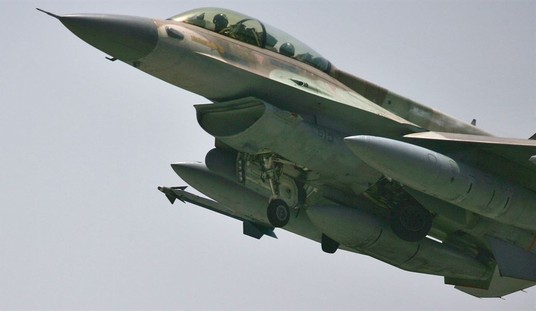

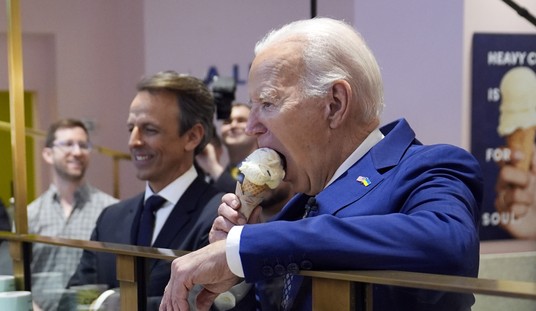
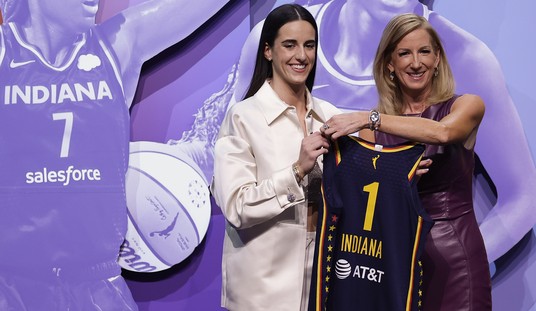
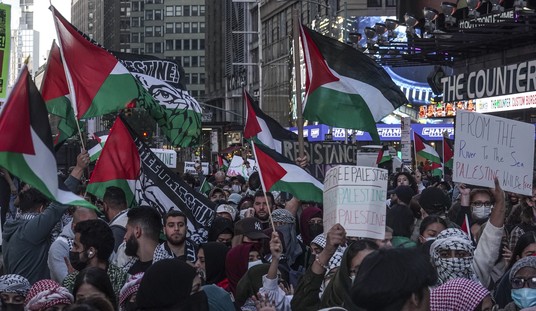


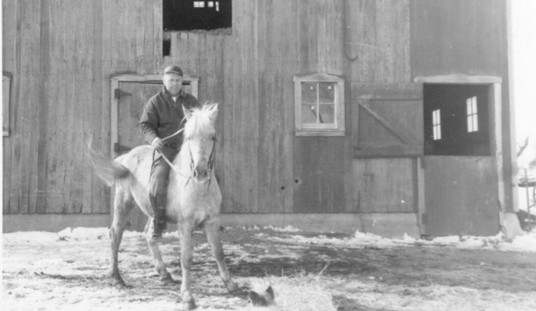
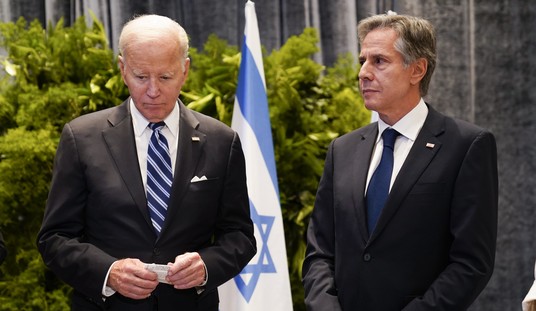

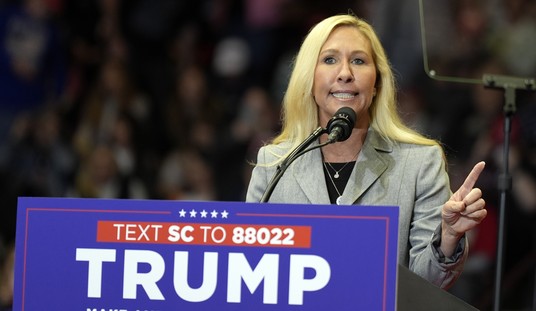


Join the conversation as a VIP Member